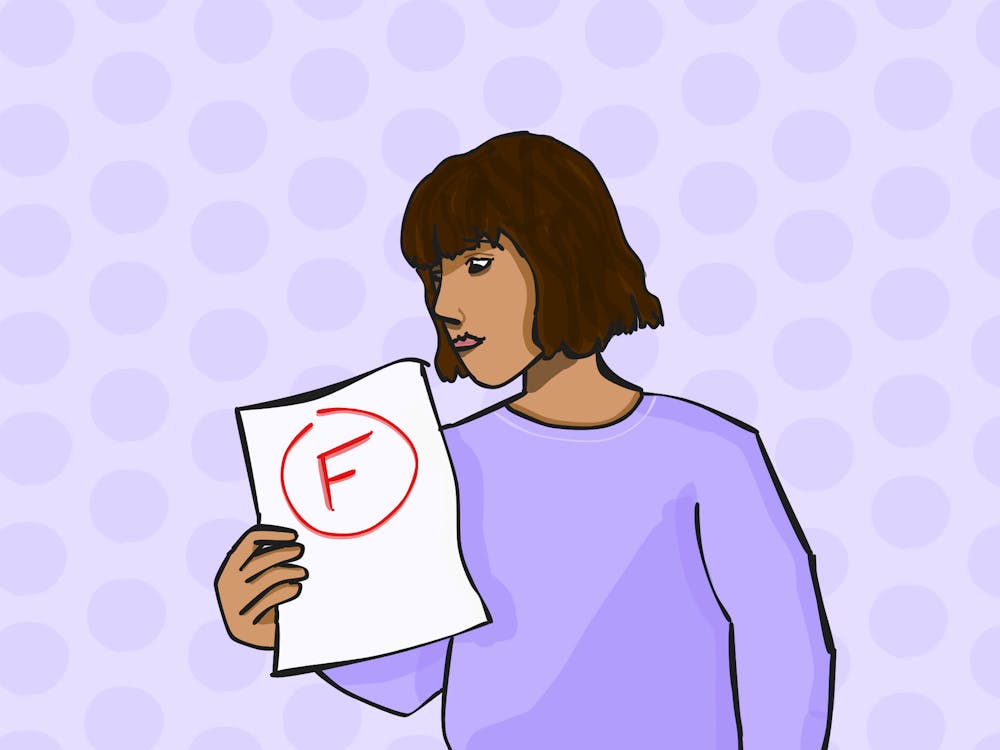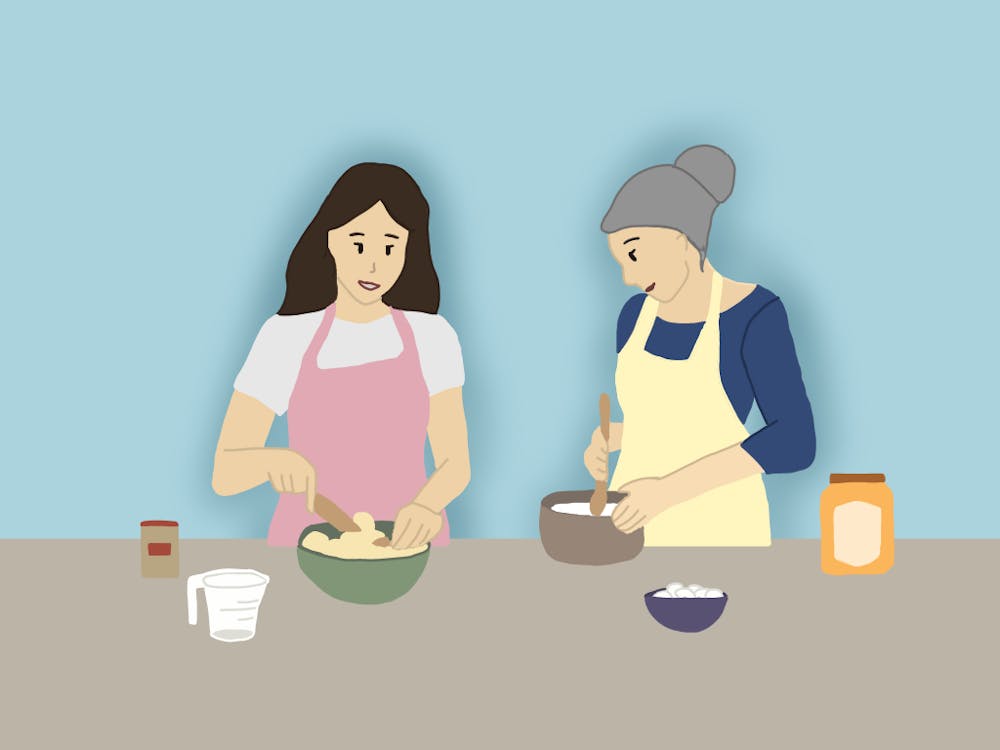Ding! A passenger pulls on the overhead line, signaling the bus driver to stop. The driver pulls up to the curb, lets off several students, picks up a couple more, and it's business as usual.
Sounds simple. But step inside a University Transit Service worker's shoes and suddenly, driving a bus turns into more than just a job. For the 60-plus students who sit behind the mammoth steering wheels while listening to favorite tunes blaring from a portable stereo, navigating through the blue and orange bus lines can be treacherous and fun, but it is also a way of life.
The UTS system brims with diversity. As the drivers will attest, it's not just the stereotypical multi-pierced, tattooed members of the University community who don the pale blue shirt with orange patch every morning.
|
Take Drew Davis, for example. He's president of the fourth-year class, a University guide and a former Residence Staff member. Davis has wanted to drive a bus since he was a little kid, when his elementary school bus drivers drove stick shift. He thought that was "the coolest thing."
He's been behind the wheel since the winter of his first year and appreciates the unique identity of UTS, which includes both student and adult drivers.
"UTS is one of the most diverse groups around because the age bracket ranges so widely, and the students represent all academic departments," Davis said. "The drivers are involved in all different organizations. It's a big mix of culture and interests."
There are plenty of things to unify the drivers, however. Nervousness on the first day, embarrassment after the first accident (no matter how small) and the gossip that inevitably follows.
"If you get into an accident, people almost always gossip about it," said driver Melina Schuler, a second-year College student. "You tell one person a secret and pretty much everyone finds out. We're big gossipers."
And yes, accidents do happen.
Most accidents - defined as anything from outright collision to any motion that makes the rearview mirror to shift - do not cause injuries.
But safety is a top priority for UTS drivers. For every 350 hours of accident-free road time, drivers receive a safety bar patch to go on their UTS shirtsleeve. In the time between January and August, UTS reported 41 accidents, 29 of which were considered preventable and 12 deemed non-preventable.
"It's overwhelming to know that you're handling this 12- or 13-ton machine," Schuler said. "You have so many people's lives in your hands. It's really intense."
But despite the intensity of the job, students keep coming back and new faces sit behind the wheel every year.
Second-year College student Kelly Hardie - (who does have a nose ring, incidentally) - just finished UTS training last week. A two-week course, a 100-page driving manual and four written exams help the new kids prepare for real life Charlottesville traffic. The training, Hardie said, helped her get to know her fellow drivers.
"People are really enthusiastic about meeting other people," she said. "You can tell that UTS people really work well together."
A makeshift "family," with the trainer acting as father and fellow trainees as siblings, help frustrated drivers make it through the process. In the end, completion of training adds to the sense of community among UTS drivers.
"When you make it through training you feel empowered because you're one of the few people at U.Va. that knows how to operate a bus," she said. "You work really hard and learn a lot. You feel really proud."
Like any organization around Grounds, UTS employees not only work together, but also party together. Bi-monthly parties offer an opportunity for everyone to get together and share stories and good times.
Davis, who has been a UTS trainer for the past two years, said his favorite UTS story does not involve a wacky passenger, but an interesting intersection: the right-hand turn from Rugby Road onto Grady Avenue is infamous among UTS drivers.
The turn at the traffic light is set at a tight right angle. When car drivers turning from Grady onto Rugby get caught at the traffic light and cross over the yellow line, it is nearly impossible for the bus to make the turn without hitting a car's bumper.
"Since people don't stop where they're supposed to, it's really funny to watch people's eyes go from their regular size to saucer size in a spilt second," Davis said. "We really need to attach a camera to our front bumper to capture the moment."
Most student bus drivers work about 10 to 12 hours per week and are expected to know not only the 19 bus routes, but every detail of the seven types of buses both inside and out. To work for UTS they must pass two behind-the-wheel tests, one specifically for UTS and another to receive a Commercial Driver's License.
Students often don't know the amount of training the drivers go through, and sometimes, the respect factor is lacking, said driver Bartley McGowan, a fourth-year Commerce student.
"I often wish that the people who ride the bus would treat [the drivers] with a little more respect," McGowan said. "Some people think that the bus is driven by a machine. They forget that we're students just like them."
So who can drive a bus?
Anyone, said Davis. Young, old, big, small - anyone with determination.
"To use the old adage, 'Size does not matter,'" he joked.






